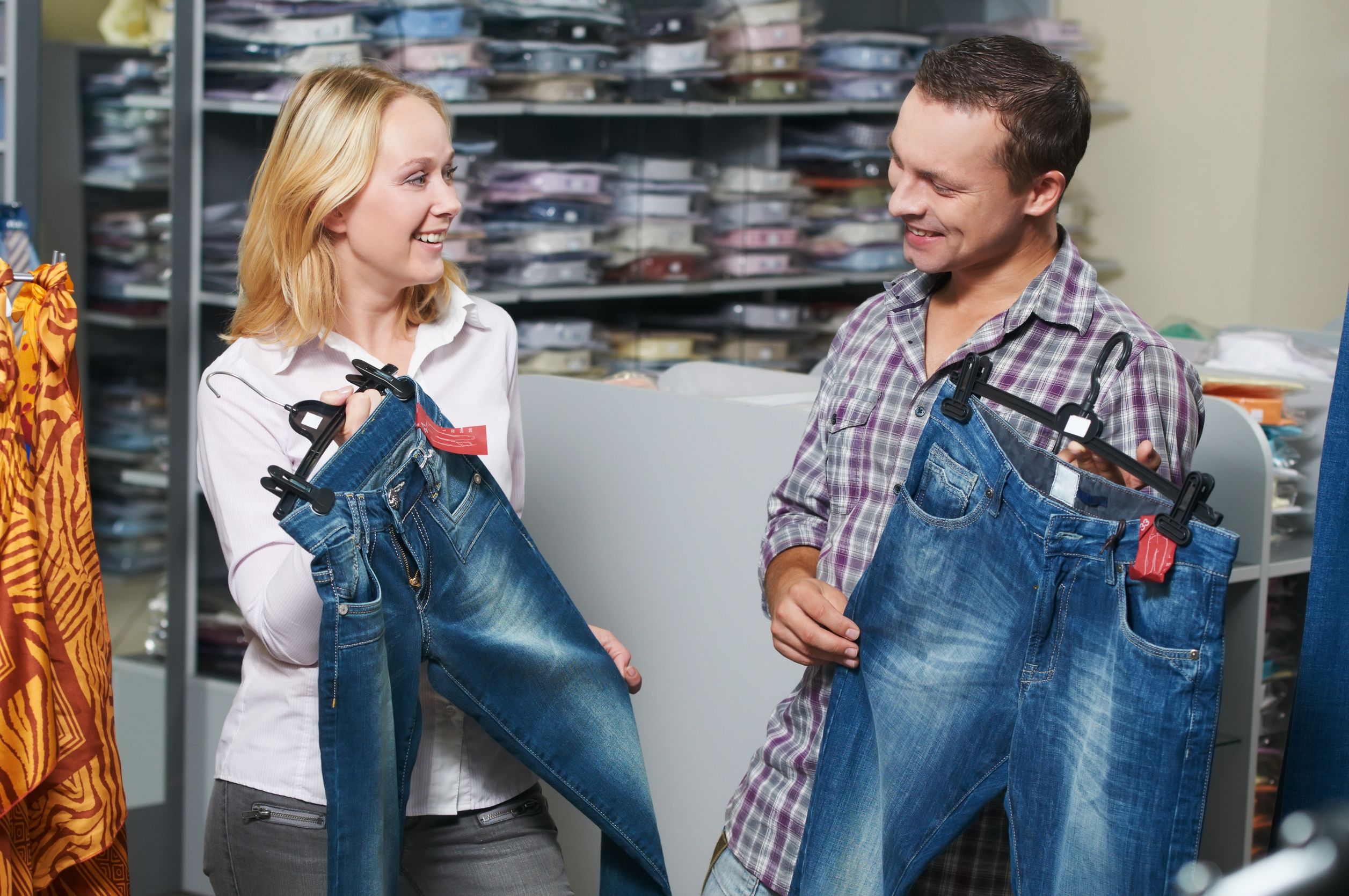Choosing the right type of protective suit involves finding the perfect combination of comfort and safety. You want something that is easy to work with, but you also need to respect the safety standards in your area.
Low Risk Levels
The lowest level, D, is where the situation poses no real risk or danger. This level of protection suit should simply cover your clothes and skin. Other items for this level include safety boots, gloves, helmets, masks and shields. Level C is reserved for situations where you know the chemical and there is gas or vapors. With a plastic hooded suit or disposable coveralls, you will also need an air purifying mask, chemical resistant gloves, boots and possibly a helmet.
Higher Risk Levels
Level B involves maximum respiratory protection, but it does not require as much protection of your clothes and skin. At this level, chemical resistant clothing, inside and outside gloves, steel boots and chemical resistant footwear and positive pressure self-contained breathing apparatus should be used. To protect against gases, vapors and unknown substances, you will need to select Level A protection. Chemical resistant gloves and shoes are paired with a gas-tight garment and positive pressure self-contained breathing apparatus. This is the highest level of breathing and skin protection available.
Proper Protective Suits
A combination of protection has three main factors that determine its level of safety. The first thing to consider is how protective suits are set up. The stitched seams have tiny holes where the needle has succeeded in putting the thread in the material. This can allow vapors and germs inside the suit. Sealed seams have a hardened or special heated ribbon and “welded” on the seams so that there are no holes. When the protective material is tested, it has a breakthrough time and a permeation rate. The breaking time involves the length of time a chemical must be detected inside the material. The rate of permeation is how long the chemical must absorb the other side of the material in the plastic suit. Knowing this will help people choose the proper protective gear.
Are you looking for more information on protective suits? Contact MPE online at visit website.


